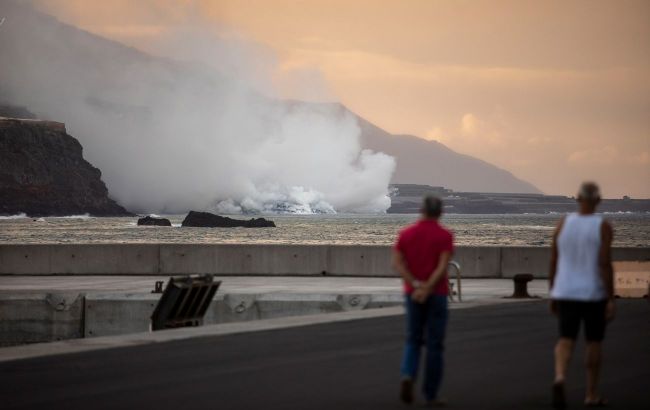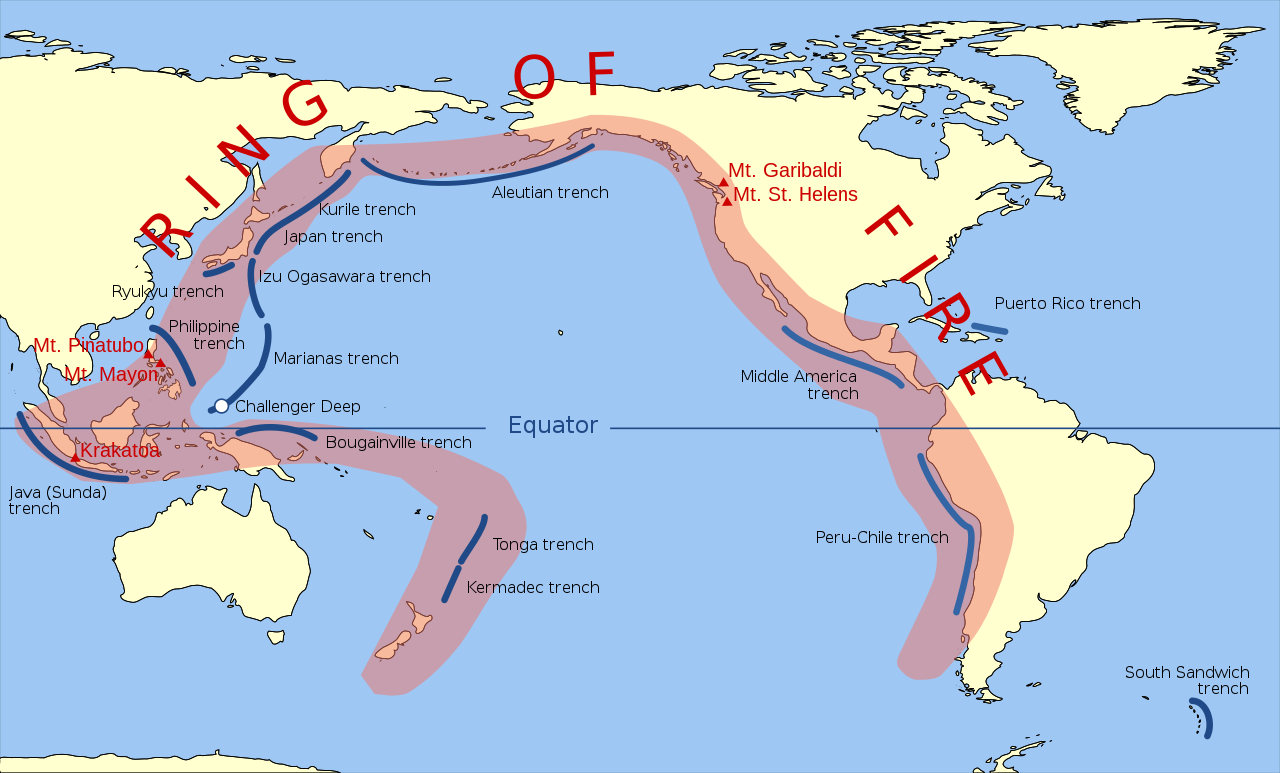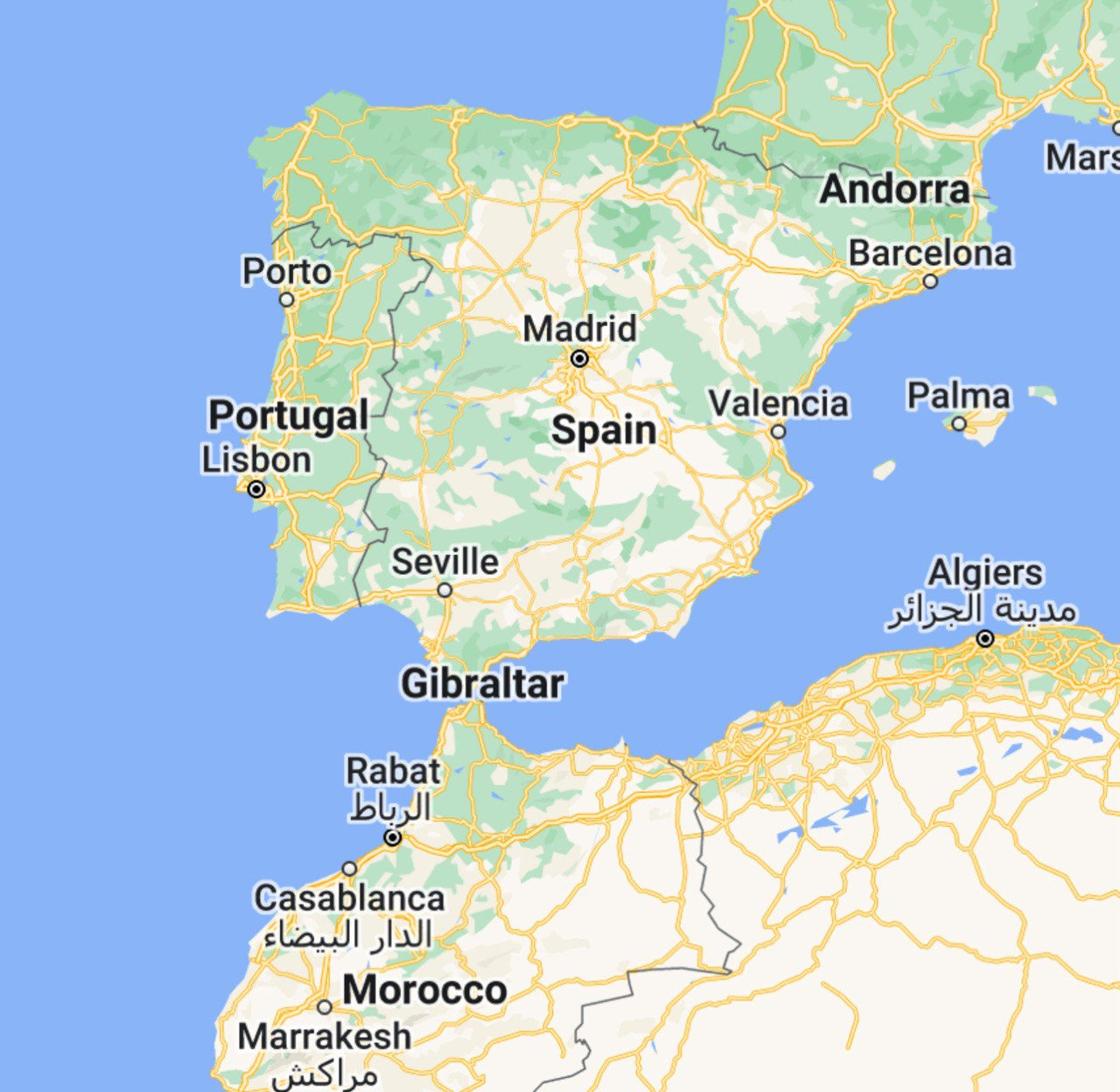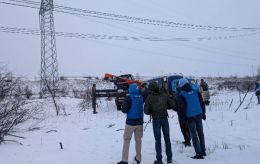New 'Ring of Fire' could emerge in Atlantic Ocean: What is known
 Another Ring of Fire could change the Earth (Photo: Getty Images)
Another Ring of Fire could change the Earth (Photo: Getty Images)
Over time, another Ring of Fire could form on Earth—a belt of active volcanic activity and earthquakes that could encircle one of the oceans.
RBC-Ukraine explains the existing Ring of Fire on Earth and speculates about one that could form in the future.
Sources for the material include Live Science and Wikipedia.
What is known about the Ring of Fire
The existing Pacific Ring of Fire (or circle) on our planet is a belt of active volcanic activity and earthquakes. It surrounds the Pacific Ocean basin.
Shaped like a horseshoe with a length of about 40,000 kilometers, the ring contains 452 volcanoes (which represent about 80% of the world's active and extinct volcanoes).
It formed as a result of the movement and collision of several tectonic (lithospheric) plates:
- The Nazca Plate in the eastern Pacific Ocean near the western coast of South America
- The Cocos Plate near the western coast of Central America
- The Pacific Plate (the largest on the planet).

The Pacific Ring of Fire (infographic: uk.wikipedia.org)
The tectonic process that occurs at the collision line of lithospheric plates (when one plate moves beneath another, diving into the Earth's mantle) is called subduction.
Lithospheric plates, separated from each other by tectonic rifts (faults), are in almost constant motion and consist of both continental and oceanic crust.
Essentially, in the subduction zone, the crust and mantle rocks are being pushed underneath the edges of other plates.
Where a new Ring of Fire could form
Recently, scientists have discovered that the dormant subduction zone currently under the Gibraltar Strait could awaken and form a new Ring of Fire, effectively "closing off" the Atlantic Ocean.
It's noted that this zone is located in a narrow oceanic corridor between Portugal and Morocco, also known as the Gibraltar Arc.
Modeling conducted by researchers suggests that this subduction zone is still active and may start "breaking through" into the Atlantic Ocean in about 20 million years, thereby creating the Atlantic Ring of Fire.

The Gibraltar Arc is a geological region around the Alboran Sea (screenshot: google.com/maps)
According to scientists, the migration of this subduction zone to the west (towards the ocean) began approximately 30 million years ago, but it halted over the last 5 million years.
Research suggests that it may currently be in a "quiet period."
If the Gibraltar Arc resumes its advancement and ruptures into the Atlantic, it would result in what's known as "subduction invasion" - oceanic crust would be assimilated into the mantle through subduction on both sides of the Atlantic, gradually consuming and closing off the ocean.
It's worth noting that in the Atlantic Ocean, there are two known subduction zones identified by researchers:
- The Lesser Antilles Subduction zone in the Caribbean Sea.
- The Scotia Arc, located near Antarctica.

The age of the Earth's crust beneath the Atlantic Ocean. Red - newly formed crust, blue - oldest (infographic: Mr. Elliot Lim, CIRES & NOAA/NCEI)
"These subduction zones invaded the Atlantic several million years ago... Studying Gibraltar is an invaluable opportunity as it allows us to observe the process in its early stages, when it is just happening," emphasized geologist and associate professor at the University of Lisbon, João Duarte.

